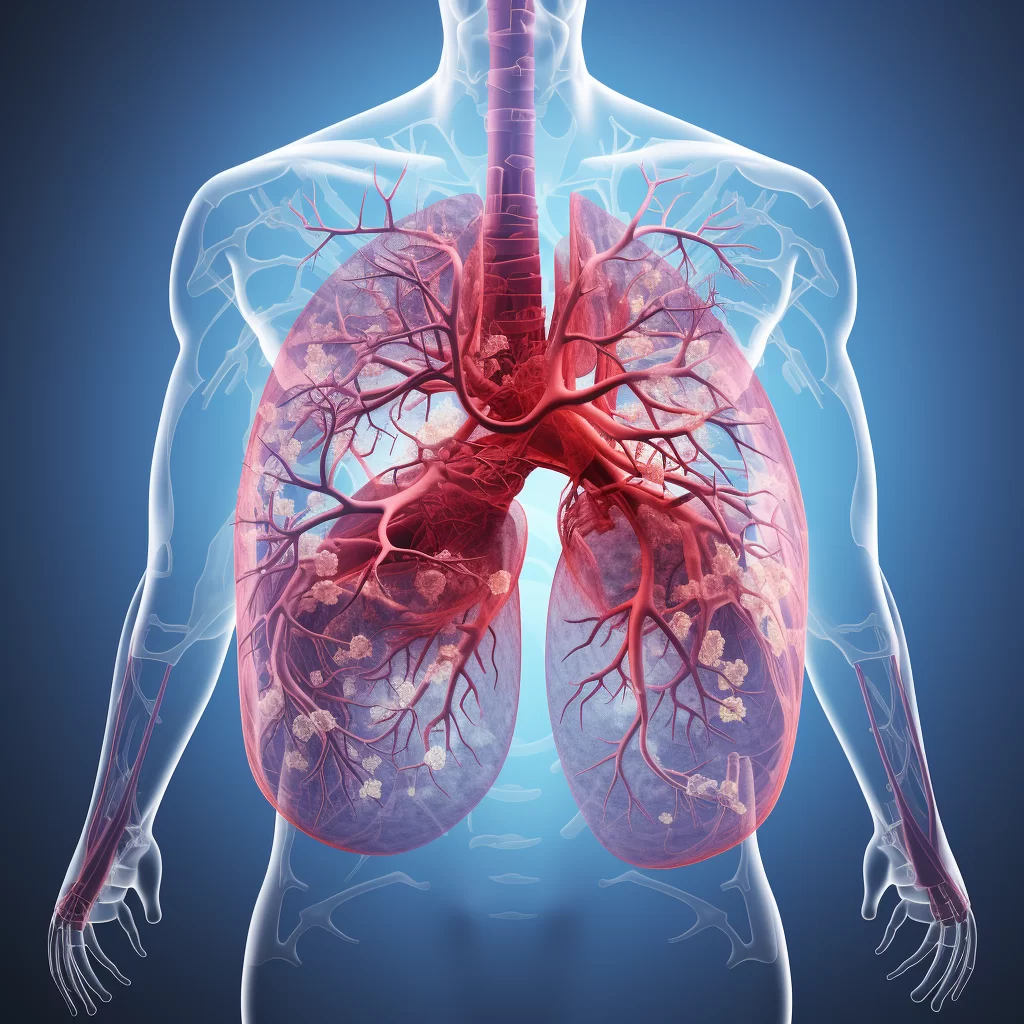Introduction
Mesothelioma is a rare and aggressive cancer primarily caused by asbestos exposure. It affects the mesothelium, a protective tissue lining many of the body’s internal organs. Understanding its stages is crucial for both patients and their families to get a grip on prognosis, treatment options, and what to expect as the disease progresses.
What Are the Stages?
The stage of mesothelioma describes how far the cancer has spread from its original location. Generally, the stages are categorized as:
- Stage 1: The cancer is localized.
- Stage 2: Slight spreading has occurred.
- Stage 3: The cancer has spread to a larger extent but remains on one side of the body.
- Stage 4: Advanced stage where the cancer has spread extensively, possibly to distant organs.
Stage 1 – Localized Mesothelioma
Characteristics:
- Cancer is confined to the point of origin, typically the pleura (lining of the lungs) or the peritoneum (lining of the abdomen).
- There might be slight involvement of the lung, diaphragm, or both.
Symptoms:
- Symptoms are usually mild or even absent.
- Some patients might experience shortness of breath or persistent cough.
Treatment:
- Best outcomes with surgery since the tumor is localized.
- May be complemented with chemotherapy or radiation for better results.
Stage 2 – Early Spreading
Characteristics:
- The tumor has begun to spread, possibly involving the lung, diaphragm, or nearby lymph nodes.
- Still considered early in the disease process.
Symptoms:
- Symptoms become more noticeable but might still be mild.
- Chest pain, slight weight loss, or fatigue might be observed.
Treatment:
- Surgery can still be effective, often paired with chemotherapy and/or radiation.
- Some patients might be eligible for emerging treatments or clinical trials.
Stage 3 – Localized Advanced Mesothelioma
Characteristics:
- Tumor has spread extensively within one side of the body.
- Might involve chest wall, mediastinum, heart, or distant lymph nodes.
Symptoms:
- More pronounced symptoms including severe chest pain, significant weight loss, fever, and difficulty swallowing.
Treatment:
- Surgery might still be an option for select patients.
- Emphasis on chemotherapy and radiation to manage symptoms and slow the disease’s progression.
Stage 4 – Advanced Mesothelioma
Characteristics:
- Cancer has spread extensively and might have reached distant organs.
- Often found on both sides of the body.
Symptoms:
- Severe symptoms such as extreme fatigue, difficulty breathing, and abdominal pain.
- Potential complications like bowel obstruction or severe respiratory issues.
Treatment:
- Surgery is typically not an option at this stage.
- Focus shifts to palliative care – treatments that relieve symptoms and improve quality of life.
- Chemotherapy and radiation might be used to control symptoms.
Why is Staging Important?
- Treatment Planning: The stage dictates the treatment approach, whether it’s surgery, chemotherapy, radiation, or palliative care.
- Prognosis: Staging helps provide an estimated outlook for the disease’s progression and potential outcomes.
- Clinical Trials: Understanding the stage can determine eligibility for clinical trials.
Conclusion
Mesothelioma, while aggressive, varies in its progression, and understanding its stages is fundamental for effective treatment. The earlier the stage at diagnosis, the broader the treatment options, and generally, the better the prognosis. Patients and families should work closely with healthcare professionals to navigate the complexities of mesothelioma, ensuring they get the best care and support throughout the journey.

Medical oncologist Dr. Anne Wolf is director of the Mesothelioma Program and chair of the Clinical Research Committee at the University of Texas MD Anderson Cancer Center in Houston.


I was looking through some of your posts on this website
and I think this site is really informative!
Continue posting.Raise range